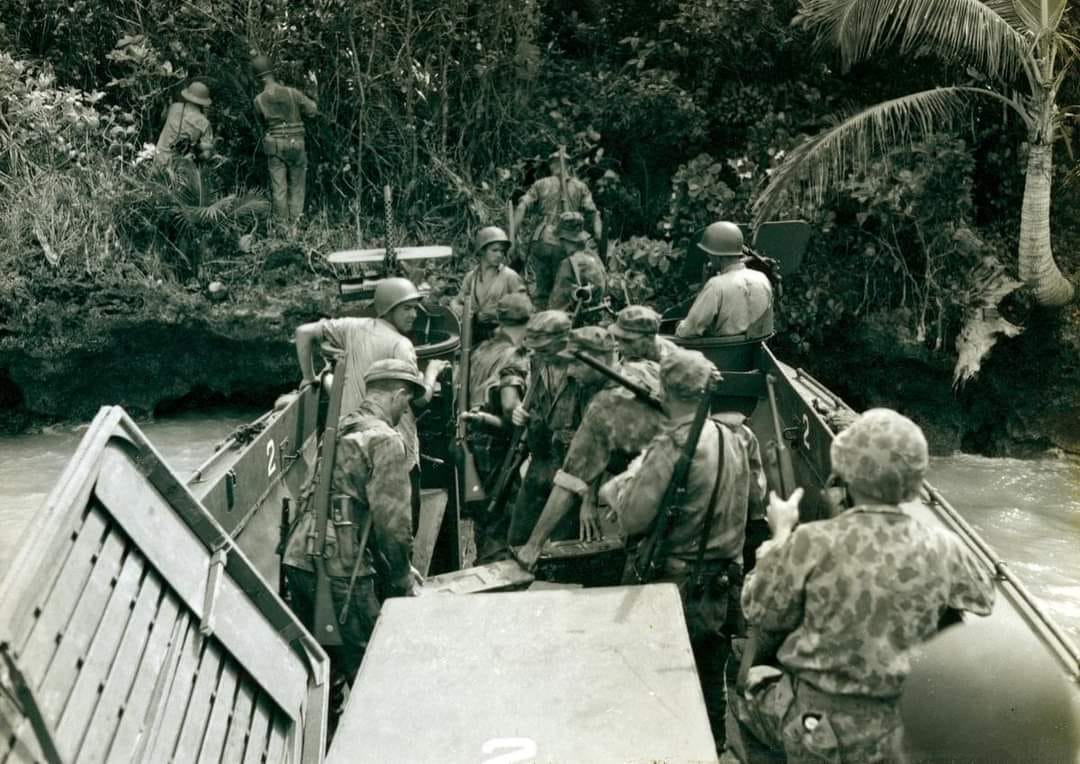On 31 January 1944 a group of New Zealand soldiers and Allied specialists carried out a daring reconnaissance of the Japanese-held Green Islands, deep behind enemy lines. The reason for the high-risk venture lay with the overall strategic situation as the year dawned. By late 1943, the forces of Imperial Japan were on the defensive in the Pacific. After victory on Guadalcanal, the Allies had steadily advanced in the Solomon Islands, but the Japanese base at Rabaul on New Britain still menaced Allied progress in the South Pacific.
To hide the reconnaissance nature of the incursion, the commander of 3NZ Division, Major General Harold Barrowclough, came up with a plan to disguise it as a “commando raid” with the objective of attacking the Japanese supply barges. He directed that documents be left behind stating that was the purpose of the incursion. The British Commandos had gained an aura of glamour from their raids on Hitler’s Fortress Europe, and the New Zealand soldiers willingly embraced the term “commando” for their operation against the Japanese.
